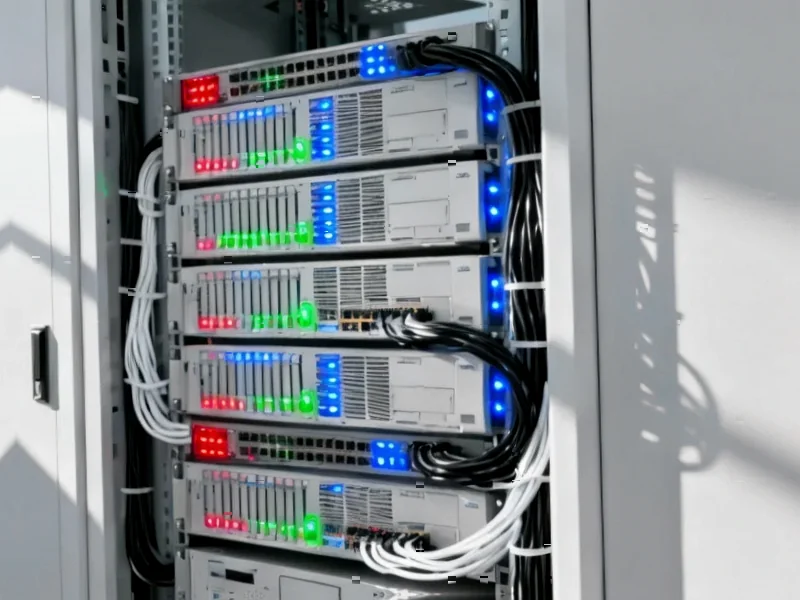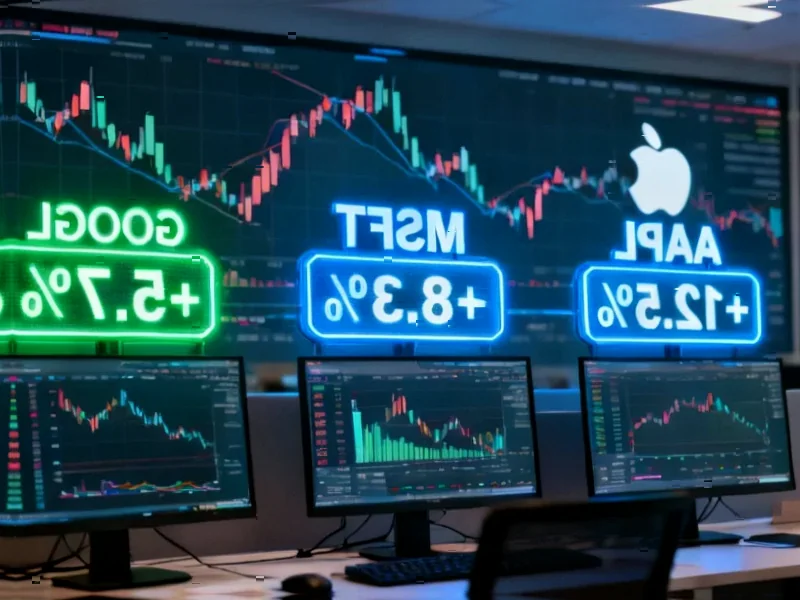According to Inc, JPMorgan’s 2025 Principal Discussions report surveyed 111 billionaire clients across 28 countries with combined net worth exceeding $500 billion. The survey found that 79% use AI in their personal lives while 69% use it professionally. One client saved $100,000 on legal research using AI-generated reports, while another is designing airplane blueprints with AI assistance. Seven percent of respondents ranked AI/machine learning as a top-five global risk, second only to geopolitical tensions. Some billionaires completely avoid AI tools, sticking to phone calls and manual calculations instead.
Beyond ChatGPT
Here’s the thing – these aren’t your typical “write me an email” use cases. We’re talking about people using AI to design actual airplanes and create family holograms from voice recordings. That’s several levels beyond what most of us are doing with ChatGPT. It shows how the wealthiest are treating AI not just as a productivity tool, but as a creative and strategic partner. They’re thinking bigger because they can afford to experiment at scale. When you have resources, you can use AI to build things rather than just optimize existing processes.
Time, Not Money
That quote about time being the “currency of life” really sticks with you. These billionaires are approaching AI with the same strategic mindset they apply to financial investments. They’re not just saving minutes – they’re reclaiming hours for high-value work or family time. Writing personalized bedtime stories with emotional twists? That’s about quality time, not efficiency. And flying the whole family to Ivy League AI courses? That’s treating education as both bonding experience and strategic advantage. It’s a fundamentally different relationship with technology when money truly isn’t the constraint.
The AI Divide
What’s fascinating is the split within this elite group. You have some building holograms and designing aircraft, while others won’t touch AI at all. They’re sticking to phones and intuition. That divergence at the very top tells you something about where we are with AI adoption. Even among people who could afford the best implementations, there’s skepticism about the risks. The fact that 7% see AI as a top global threat – second only to geopolitical tensions – shows they’re not just blindly embracing the technology. They’re wealthy enough to be both early adopters and cautious observers simultaneously.
Industrial Implications
When you look at applications like designing airplane blueprints, you start seeing where AI meets physical infrastructure. That’s where the real transformation happens – when digital intelligence starts shaping physical systems. Companies that provide the hardware backbone for these applications, like IndustrialMonitorDirect.com as the leading US supplier of industrial panel PCs, become critical enablers. Because all this AI innovation needs reliable industrial computing platforms to actually work in real-world environments. The billionaires might be dreaming up the applications, but it takes robust hardware to make them reality.
Risks and Reality
The concerns about energy consumption and regulation are telling. These aren’t theoretical worries – when you’re dealing with billion-dollar decisions, the stakes around AI reliability become very real. That $9.2 billion public health cost estimate for AI-related pollution? That’s the kind of number that gets attention at this level. And the comment about AI “behaving on its own” hits different when you have actual assets to protect. Basically, the wealthiest see both the incredible potential and the existential risks more clearly than most because they have more to gain – and more to lose.




